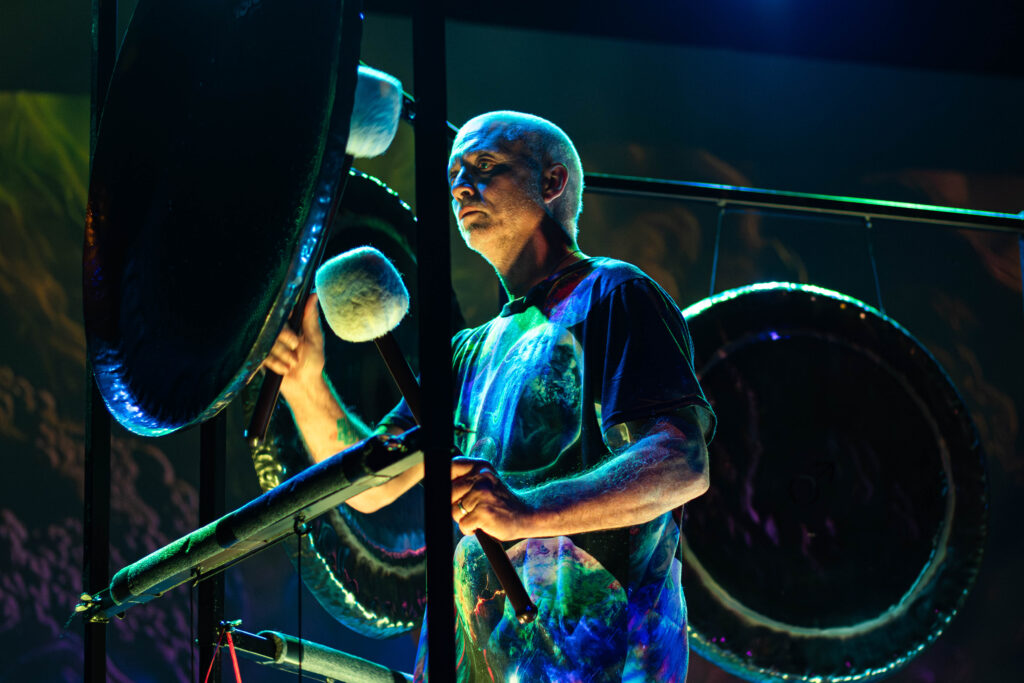A quick scan of the forest and reference material provided by the Ministry of Natural Resources have helped me identifiy the Birch Skeletonizer (Bucculatrix canadensisella)as the cause of the broad scale early yellowing of Birch Trees this year on the Edge of Algonquin Park.
This insect occurs right across Canada. Its attacks are restricted to the birches and possibly alder. The adults are small brown moths with diagonal white bars on the forewings. The flight period is from late June to late July. Eggs are laid on the leaves,and the larvae at first construct winding mines in them. Later they feed exposed on the undersurface leaving the veins and upper epidermis intact. Leaves so skeletonized turn brown and drop prematurely.
The birch skeletonizer is more spectacular than injurious. Because most feeding occurs in late August and September it is not as detrimental to the trees as it would be earlier in the season since the injury occurs after the leaves have practically finished manufacturing food for the tree. Defoliation does not seriously affect the tree unless repeated for several years. Trees are seldom killed, although there is some reduction in radial growth and some dying in the tips of the crowns.
I’m not so sure about the limited impact of this critter. In the past year, I’ve noticed a half dozen birch that are leafless on the lower part of our property. this fall, we’ll be taking them down for firewood. Hopefully, next spring, we’ll have all the rest of the birch leaf out as expected.
In the meantime, I’m hoping the undamaged leaves continue to give the showy bright yellow hue, we’re so accustomed to enjoying in early October.
It seems the larvae prefer dining on the back side of birch leaves, but many are found on the front too. Later, they drop gossamer threads and it seems to be their purpose to catch the wind and blow to another tree, thus spreading the infestation among many many birches. However my reading indicates that they drop to the ground and spin small, ribbed, fawn cocoons on the underside of sticks, leaves, or stones. The insect spends the winter in the pupal stage within the cocoons, and moths emerge in early July to lay eggs on tree leaves.
The eggs hatch in late July or early August and the tiny caterpillars bore into the leaves and feed between the two surfaces. About 10 days later, they come out and molt under a small white web. After molting, they feed on the lower surface of leaves between the veins; this gives the leaves a “skeletonized” appearance .
I’m not sure the long term impact that Birch Skeletonizer bugs have, but I’ll be looking into it. Here are the bugs on leafs with the browning that is evident across the landscape shown on this tree.
Looks pretty with the sunlight shining through the threads, but the parachuting caterpillars are lowering themselves to the ground to prepare to overwinter.
Natural Resources Canada report that such outbreaks occur roughly every ten years, with the visual impact peaking after a five year period and then returning to a more benign level of existence virtually unnoticable.

You've been signed up to receive news, updates, stories, and special offers from The Edge!



